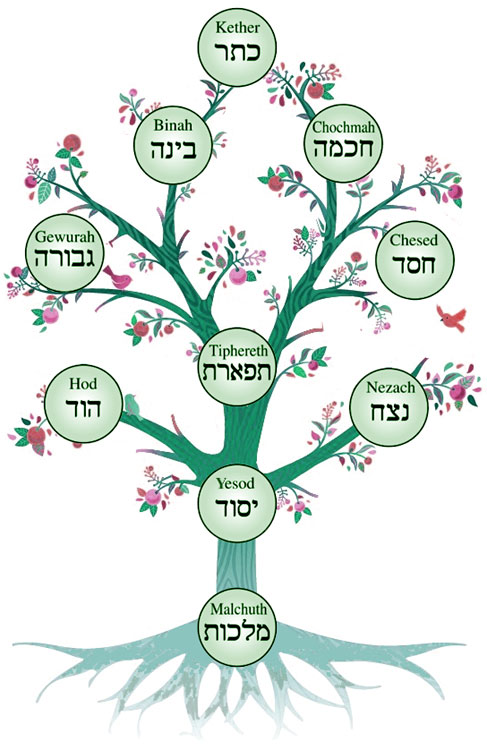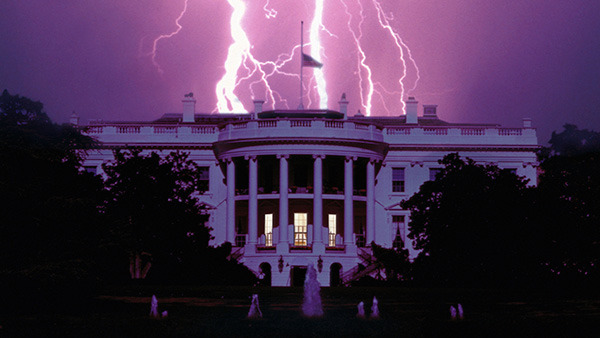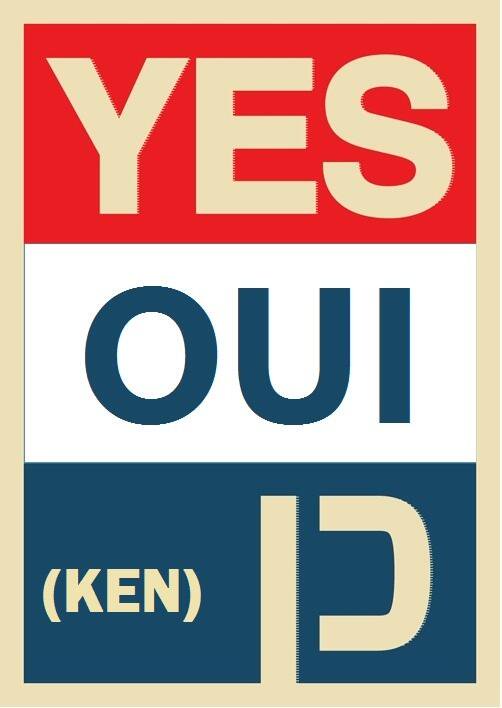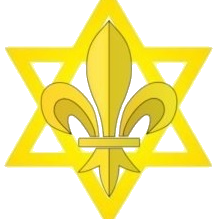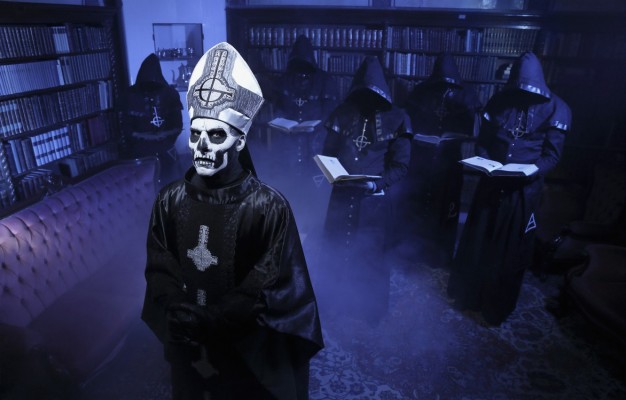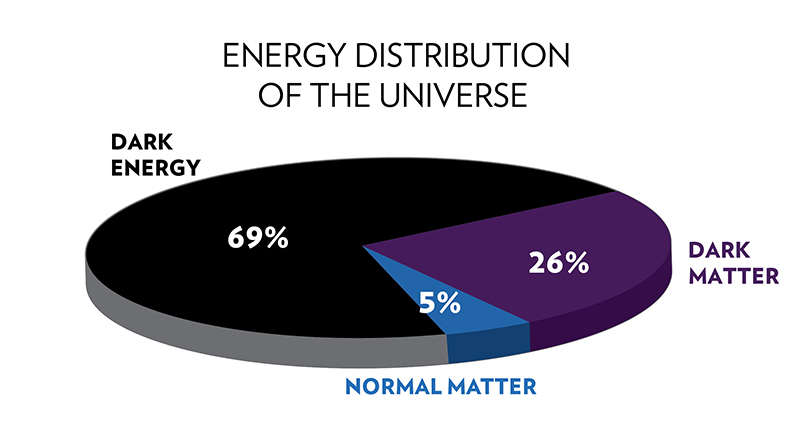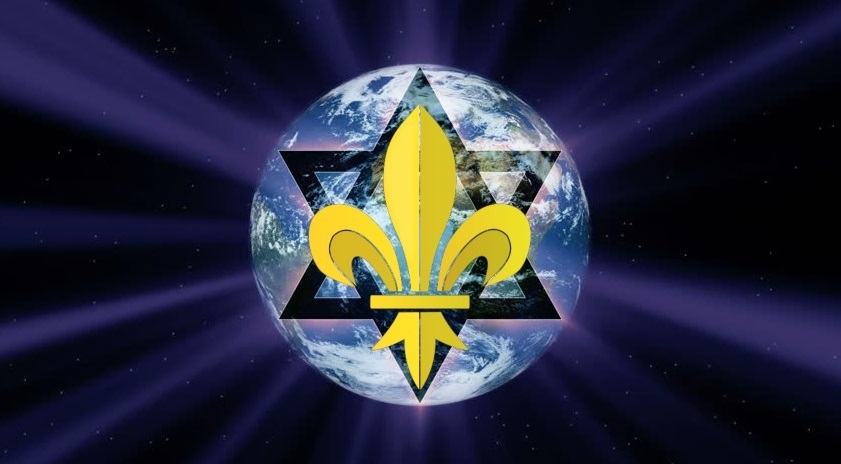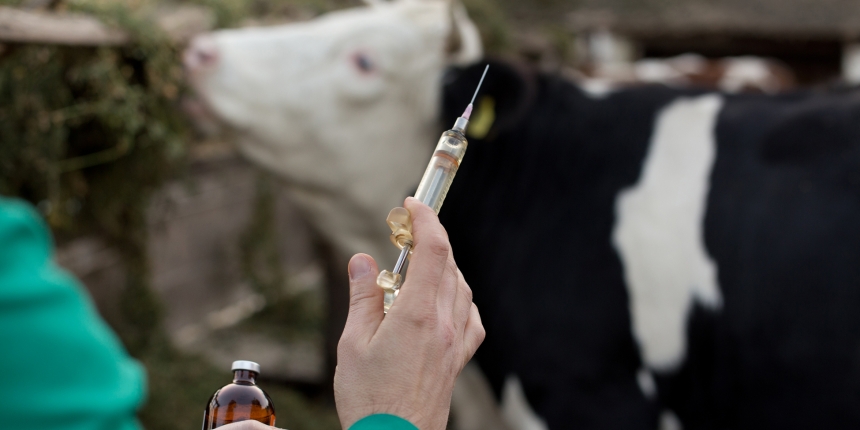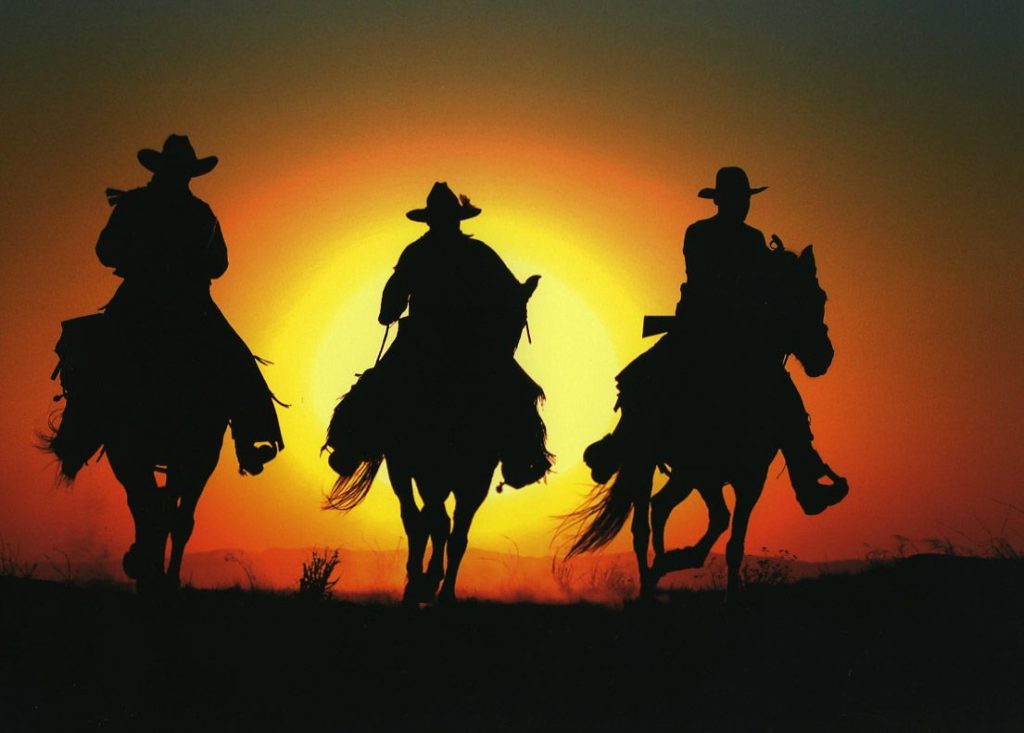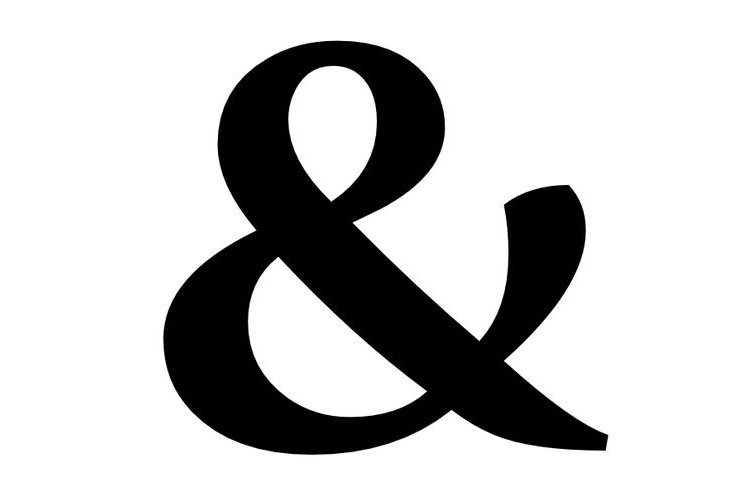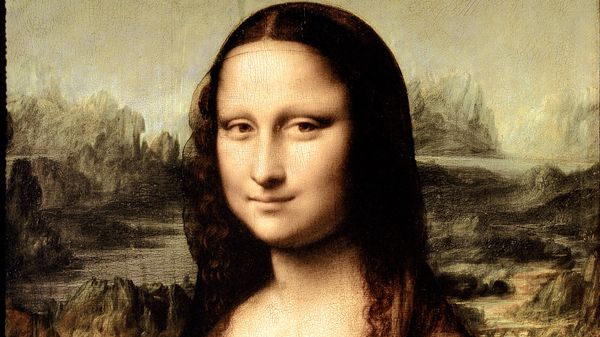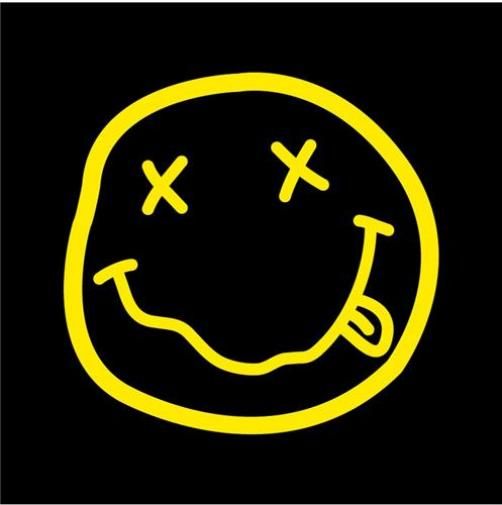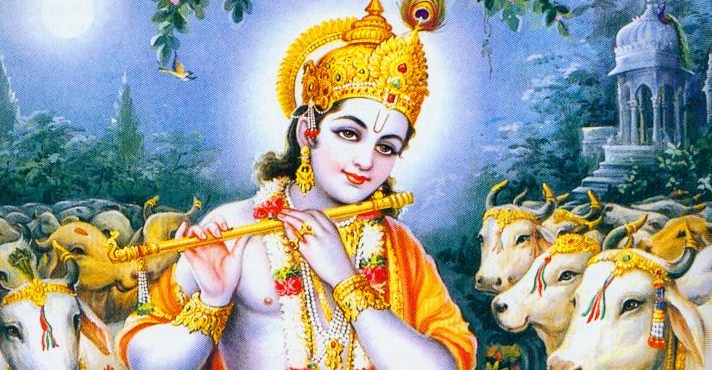Everything will turn around. All of God’s creatures who have been neglected and exploited will reveal themselves as those containing the greatest Light.
“Para Kedosha” (“Sacred Cow”)
פרה קדושה
Gematria = 700
= gematria of “Shet” (“Seth”)
שת
#Sept #Vaccine #Pasture #SuperFarm
Seven, like the Seventh Day, the Sabbath, represents Harmony and corresponds to the sefira Malchut.
“Adam… produced a being in his own image and likeness, and named him Seth” (Genesis 5:3).
Only one verse in the Bible has a gematria of 700:
“Majesty and splendor are his vanguard, strength and joy fill his abode.”
(1 Chronicles 16:27)
הוֹד וְהָדָר לְפָנָיו עֹז וְחֶדְוָה בִּמְקֹמוֹ
“Seven days you shall purify the altar, and consecrate it; then the altar shall be most holy; whatever touches the altar shall become holy.” (Exodus 29:37)
“Tekaper” (“You shall purify”)
תְּכַפֵּר
Gematria = 700
#Kaporeth #ReCover
“Sheva” means “Seven” in Hebrew.
שבע
“Ceva,” “Cow” in Gaulish.
The word “Vaccine” comes from the Medieval Latin “Variola Vaccina” (“Cow Pox”), from “Vacca” (“Cow”). The practice of vaccination arose after it was observed that people in contact with cows were immune to human smallpox due to cowpox exposure.
In the parasha Chukat (Numbers 19:1 – 22:1), it is written that God instructs Moses and Aaron with the “Decree of the Torah” (Chukat HaTorah), to create purifying water from the ashes of a red cow, the only thing that can cleanse someone after contact with a corpse.
#EauLaveAsh
In India, the Cow is seen as the Universal Mother: “Gao Mata,” the Mother Cow. She symbolizes the creature’s sacrifice for the Creator.
“The Cow is immortality, and it is the Cow that is revered as it is death; the Cow is all that exists.” (Atharva Veda)
Co (26) Boy = Cow-Boy = Vacher = Va chez = Sheva (7) = Shabbat = Return Home
Vache
Va Chez
Chez Va
שבע
Sheva
#MiLeQuiWay
The first letter of the Hebrew alphabet, Aleph, originally represented the Head of a Cow.
#Toro #Torah
Super Farm = Para Pharmacy
To avoid contamination, the Cow-Boy wears the mask.
#RedCowSecret
